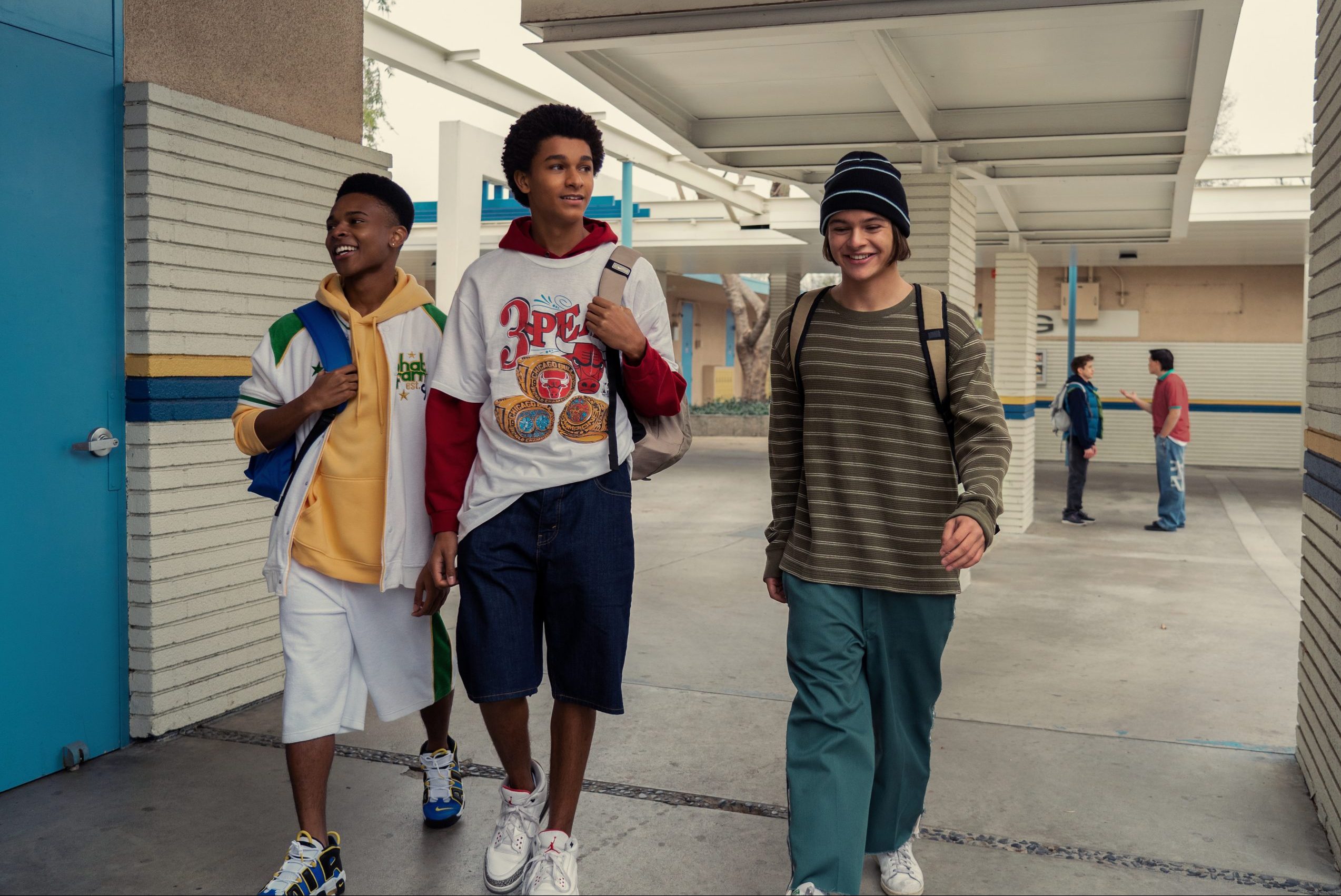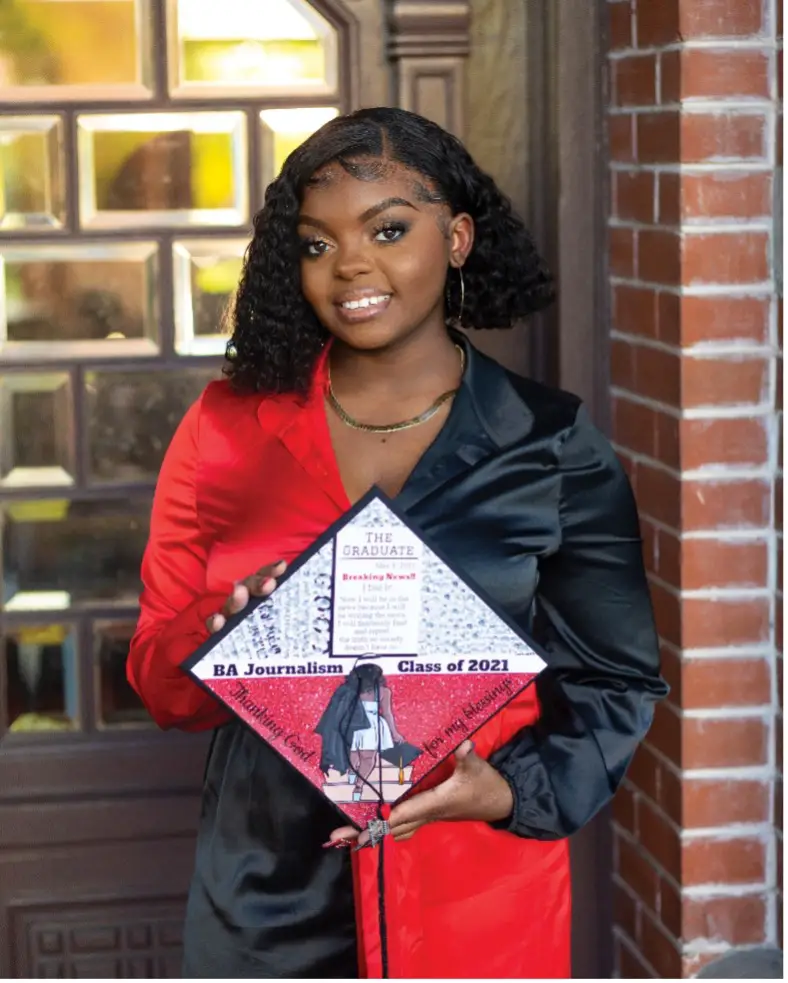In 2016, a tracker developed by The Guardian recorded that 266 African Americans were killed by police in the United States. Out of respect for lost Black lives and in protest of police brutality against African Americans and other racial injustices faced by the Black community, Colin Kaepernick, the six-year San Francisco 49ers quarterback, chose to kneel during the national anthem on multiple occasions and subsequently received immense backlash from fans and the football league. Kaepernick is widely known for his football career and his new role as an activist, but he had never described his journey or how it got him to where he is today — until now.
A newly released six-part Netflix series produced by Kaepernick and Ava DuVernay, a famous American filmmaker, details the various obstacles that Kaepernick has navigated throughout his life. The short series, titled “Colin in Black & White,” is narrated by Kaepernick himself as he sits before a large flat-screen TV and watches the events of his life play out while explaining the challenges he faced growing up and how he maintained his determination.
In 1987, Kaepernick was born in Milwaukee to a Caucasian woman who was 19 years old at the time and an African American father who was not in the picture. Soon after birth, Kaepernick was adopted by Rick and Teresa Kaepernick, a white couple who had already raised two children but yearned to have a new addition to the family. When Kaepernick reached the age of four, the family moved to California. However, they were unprepared for the challenges that would come with raising a biracial child.
“Colin in Black & White” begins Kaepernick’s story from when he was in high school. Kaepernick attended a predominantly white high school with few people of color, but one of his best friends was Black and always sported cornrows. Having been raised by white parents, Kaepernick had always seen athletes — especially Allen Iverson, a famous professional basketball player at the time — and other Black men with cornrows. Kaepernick wanted to get cornrows, too, but he never knew anyone who could braid.
https://www.youtube.com/watch?v=ej42P9FTwZg
Kaepernick’s best friend connected him with a girl who could braid, and without hesitation, Kaepernick decided to try cornrows for the first time in his life. As much as he wanted to embrace his new hairstyle, the cornrows were too tight, and Kaepernick knew it was not what he wanted. After a couple of days, he took the cornrows out. For a while, Kaepernick went through an awkward phase with his hair until his parents had finally had enough.
Tired of watching her adopted son mope around, Teresa found a Black barbershop where she could take her biracial son to get his hair cornrowed. This time around, Kaepernick loved his cornrows, and his fresh style gave him a new level of confidence that he never had before. Girls started paying attention to him, the compliments were rolling in and he was happy. However, Kaepernick’s football and baseball coaches as well as his parents were not fans of the new hairstyle. At the end of the first episode, his parents told a newly self-assured Kaepernick that he needed to cut his hair if he wanted to remain a member of his school’s baseball and football teams.
Kaepernick was confused and pressed his parents about the situation. Eventually, his adoptive mother snapped and told Kaepernick he looked like a thug with his hair cornrowed. Hurt, Kaepernick reluctantly complied with his parents’ wishes, got his hair cut low and did not get braids again until 14 years later. What Kaepernick failed to realize was that the incident with his hair was only the first of many microaggressions that he would experience from his parents, coaches and other individuals who had the luxury of white privilege.
Though Kaepernick attended a predominately white high school and was raised by white parents, he was sheltered from the overtly racist systems in place in the world. However, when he began to take road trips with his parents for away games during baseball season, he quickly learned that despite being mixed, white people only saw him as Black. Over time, Kaepernick grew tired of the mistreatment he received outside of his hometown. Hotel managers watched his every move, threatened to call the police on him and assumed he was bothering his adoptive parents solely because his skin was a darker complexion.
Throughout “Colin in Black & White,” Kaepernick details how he progressively found his voice and how he dealt with constant disappointments. He struggled in various areas of his life, but his biggest battle came with his active sports life. Throughout high school, Kaepernick played on the baseball, football and basketball teams, and by his senior year, he was still enjoying playing on the baseball and football teams. Several colleges began to send him offers to play baseball for their schools after he graduated high school. Kaepernick enjoyed baseball, but his first love was football, and his dream was to be a professional quarterback.
Everyone — including Kaepernick’s parents, classmates, friends and coaches — wanted him to play baseball, but Kaepernick could not bring himself to accept any baseball offers because his life-long goal of becoming a professional quarterback was the only thing that he could think about.
“Since the day that I was born, I’ve never been anybody’s first choice,” said Kaepernick at the beginning of Episode 6 after telling a brief story about his adoption.
Following that moment, the series continues to show the endless rejection that Kaepernick experienced throughout his senior year as he strived for a college or university football scholarship. He was invited to several college football camps, and he attended every camp that was within driving distance of his hometown. He and his family even sent tapes of him playing football to every university in the country, but schools continued to reject him. With each refusal, Kaepernick became more depressed and frustrated, and he began to feel hopeless. Yet, he continued to do his best to prove to everyone that he was meant to be a quarterback.
In the end, the University of Nevada was the only school to see Kaepernick’s potential and offer him the chance to be the quarterback he had always wanted to be.
“Colin in Black & White” is an inspirational story that teaches the importance of resilience and self-confidence. Kaepernick was faced with opposition his entire life. He grew up with parents who never fully understood him, he struggled to embrace both the white and Black sides of himself and he had to learn how to get out of his own way. Kaepernick learned to embrace his Blackness and believe in himself when others did not.
“Rejection is not failure,” Kaepernick wrote in a letter to his younger self. “It’s a calibrator.”

















